The Spirit of the Voodoo | Benin
Voodoo | The Origins
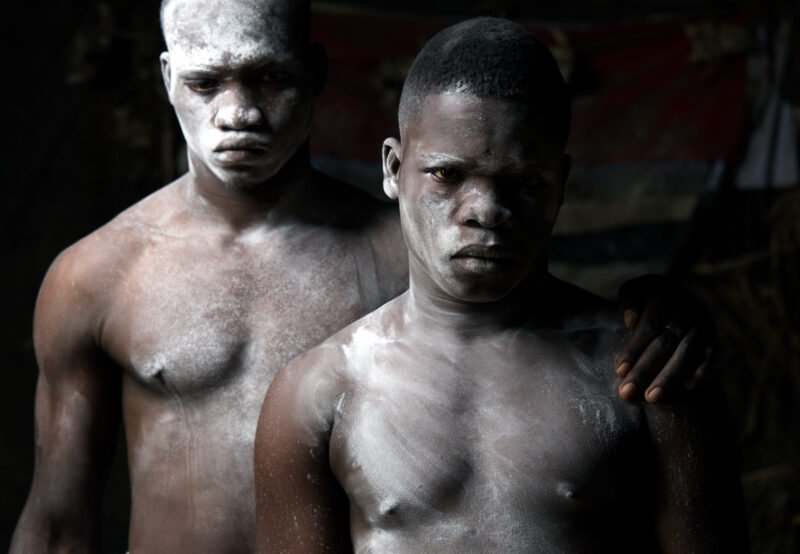
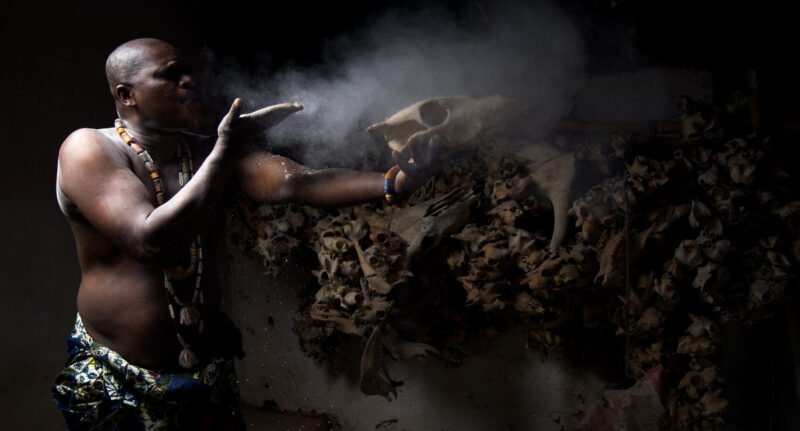
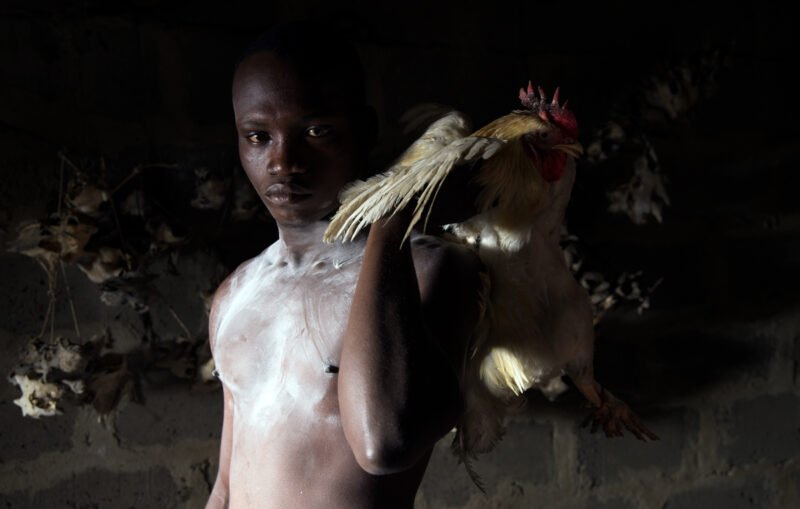
Voodoo originates in the kingdom of Dahomey, now Benin, and is a vibrant religion deeply intertwined with the region’s culture. It is the most prominent religion of Benin, with over 50 million believers in West Africa, parts of the Caribbean, South America, and the southern parts of the United States. The term ‘Voodoo’ itself, meaning ‘god,’ ‘soul, “strength, “spirit, ‘or ‘power’ in the Fon language, reflects the depth of its cultural significance. Voodoo was originally called Vodun in Benin and Togo, which means ‘that which is hidden’ or ‘mysterious.’
The central dogma of Voodoo is animism, which states that all beings have a spirit. This belief permeates every aspect of life for its followers. For voodoo followers, believing in the power of nature and the natural forces that course through everything is a source of comfort and reassurance. Voodoo is more than a belief system; it is a way of life that includes culture, art, music, and medicine.
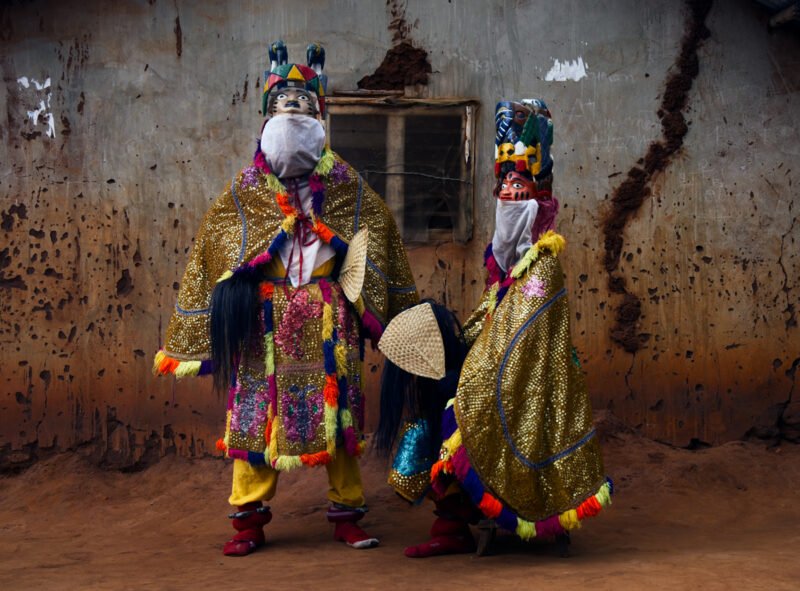

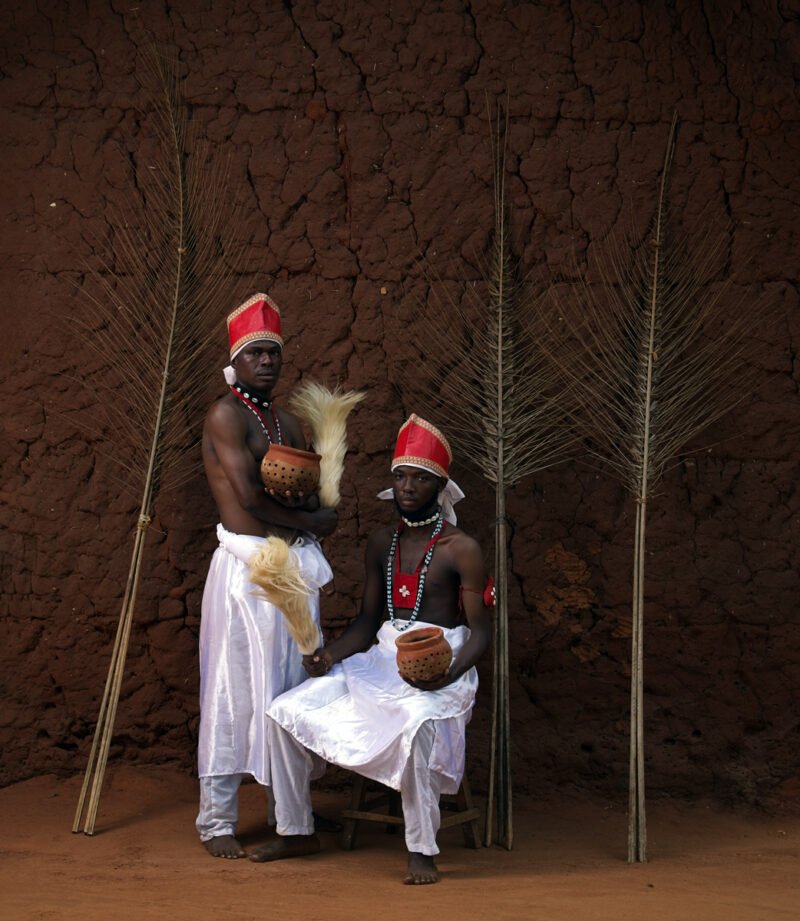
Sacrifice
Most people think Voodoo is “black magic,” effigies struck with needles to cause misfortune or animal sacrifices. Indeed, animal sacrifices are an integral and essential part of the ritual and are performed by Voodoo priests.
Ceremonies and Trance
Voodoo rituals are the means of connecting with the spiritual world. The drums and songs that call upon Vodun to possess believers lead to trance states, creating a profound sense of connection and engagement. In Voodoo ceremonies, the repetitive beat of drums and other musical instruments induces trance until the god or spirit is summoned and enters a human body. Once the spirit has occupied the body, it makes the body dance wildly with its eyes rolled back into its head, causing self-injures and cuts, as well as speaking incomprehensible languages with its body possessed by spirits or gods.
Rituals
- Chanting, drumming, and dancing: Participants draw symbols with cornmeal on the ground to summon a specific spirit. These are used to coax the lwa to join the ritual. Participants often sing and dance around a central post called the poto mitan. Dance groups and individuals move to spellbound drumming and chants.
- Possession and Trance: The lwa may possess a participant, who is then said to be “riding” the spirit. The possessed participant may act abnormally for some time. Contemporary Voodoo rites may involve calling spirits to enter a practitioner’s body.
- Animal sacrifice and offerings: Offering food and alcohol (gin)is an integral part of Voodoo and is often provided to the “Spirit.” The lwa are fed with animal sacrifices, usually cooked and eaten together after the ceremony.
- Initiation: Members progress within the religion through initiation rituals. The first ceremony is called Kanzo.
- Fetishes and Powders: Vodou specialists may prescribe baths infused with various ingredients and create powders for specific purposes, such as attracting good luck. Small fetishes exist throughout Benin. The Dankoli shrine is considered the most powerful.
- Wangas and Talismans: Vodou specialists may create material objects infused with spirits or medicines or provide practitioners with talismans.
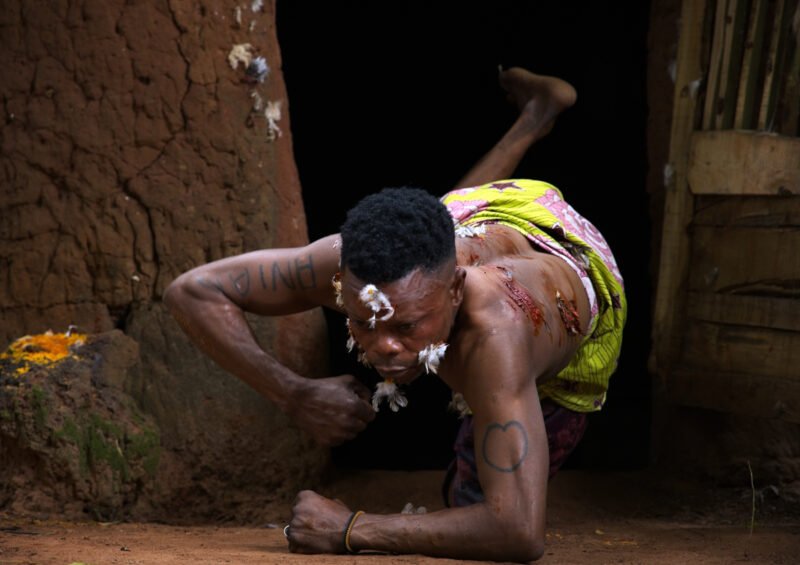
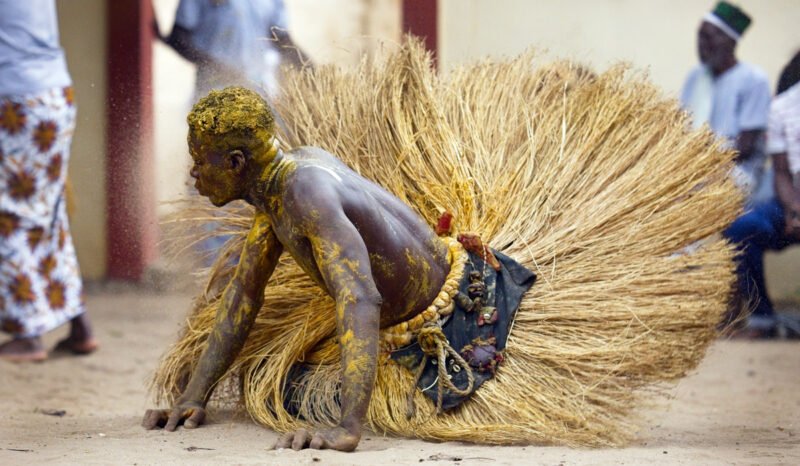
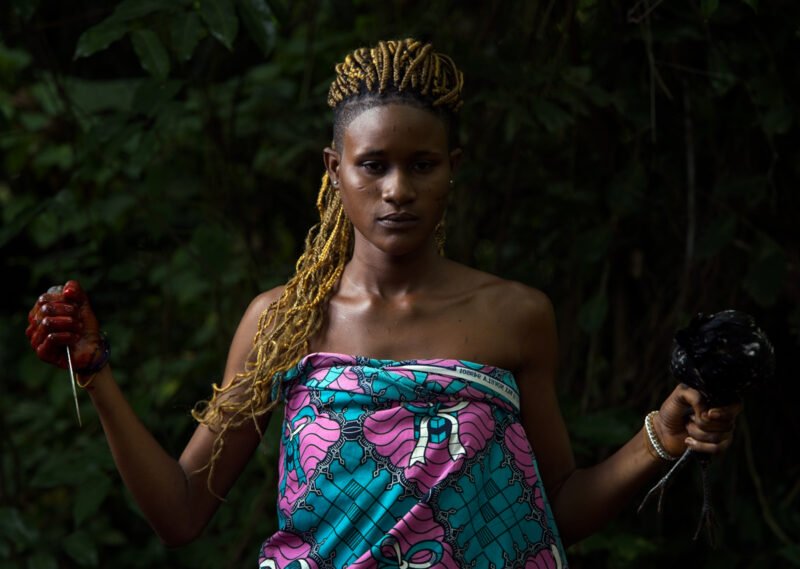
Priests, Egungs and Zangbetos
Like other religions, Voodoo priests are revered as leaders and spiritual guides who oversee religious matters and ceremonies. Voodoo priests perform rituals to help people with illness, ward off evil spirits, and help individuals achieve success. Priesthood can be achieved through training, birth, or spirit possession, and an established priest often trains children in Voodoo from an early age. They are responsible for interpreting the will of the spirits, conducting rituals, and providing guidance to the community.
Juju priests are consulted for their ability to communicate with and intercede with specific spirits. This communication takes place in many cases through spirit possession and often involves offering palm wine, chickens, or other animal stock sacrifices. Hundreds of divinities, or Voodoos, representing different things, provide a comprehensive system of healing and protection. The initiation into Voodoo, which can take many years, is a testament to the depth of this commitment, and only those who are initiated are allowed to enter sacred forests.
Egungun
Egungun is Benin’s most frequently seen spirit. It’s a ghost who came back from the dead in physical form and can interact with the living. There are various types of Egunguns, each with its unique characteristics. People avoid the Egun’s touch because there is a danger of death; some immediately collapse onto the ground, and others are carried in the fetish. Some are known for their violent nature, such as the agbanon marked by massive wooden structures on their heads, while others, like the weduto, are considered more friendly ghosts.
Zangbetos
The Night Watchmen are known as Zangbetos. They are an unofficial police force that tracks down perpetrators of crimes they publicly denounce to the community and dispenses justice, which in the past could have involved the death sentence for very serious crimes. The secrecy surrounding the Zangbeto societies makes it hard to know what is inside a Zangbeto, as the non-initiated cannot know who they are, which adds to the mystery of Voodoo practices.
Gelede
Gelede is dedicated to Mother Earth. The village celebrates the fertility of the people and the soil. Each sculpted mask represents a different character, of which only the initiates know the true nature and secrets of the symbolic characters. The masks are brightly painted and move like puppets as they relate myths and moral stories using mime. It is both educational and humorous. The delighted crowds laugh and clap their hands as they watch in appreciation. It is a fascinating mix of street and magical theatre.
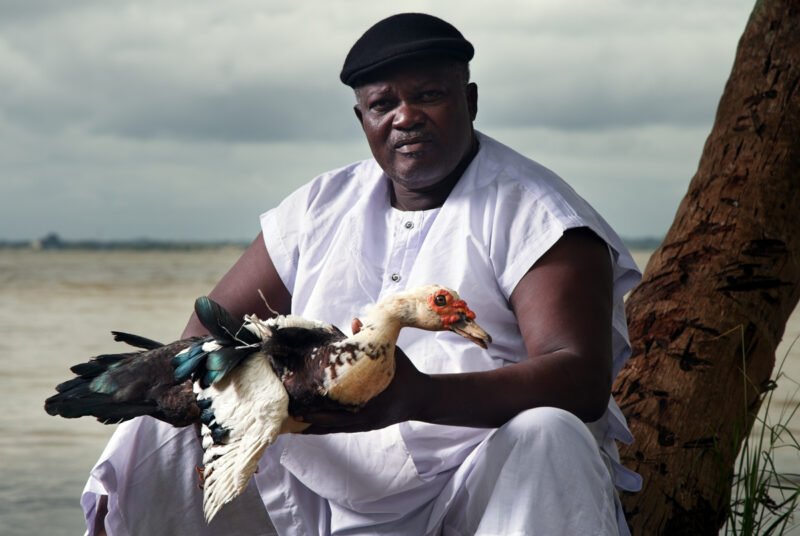
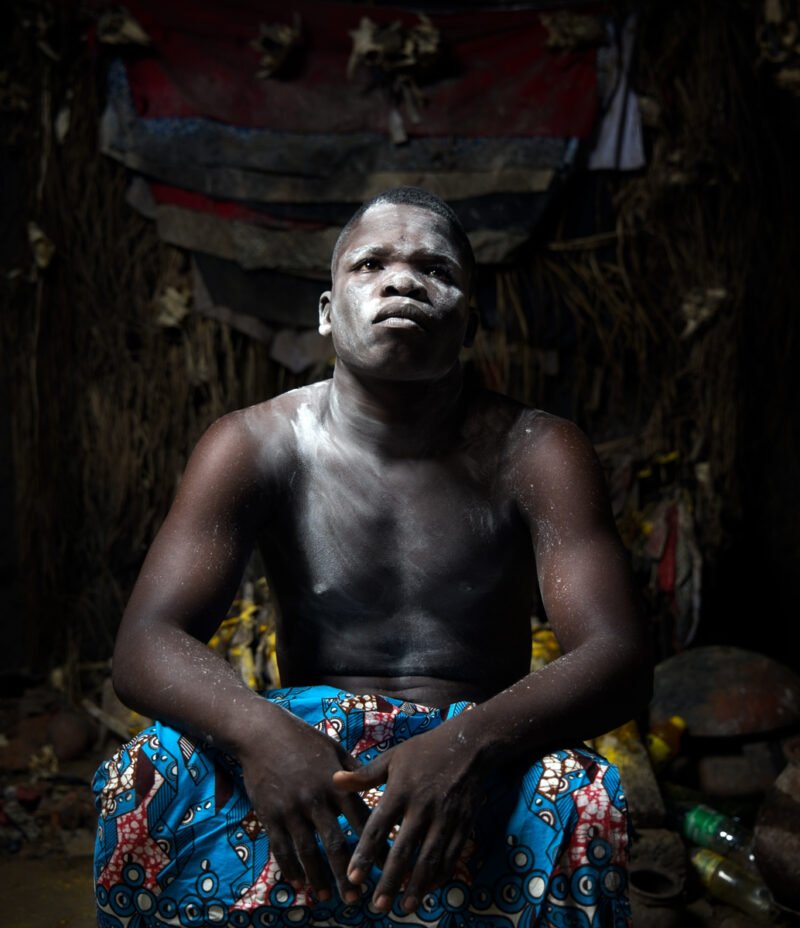
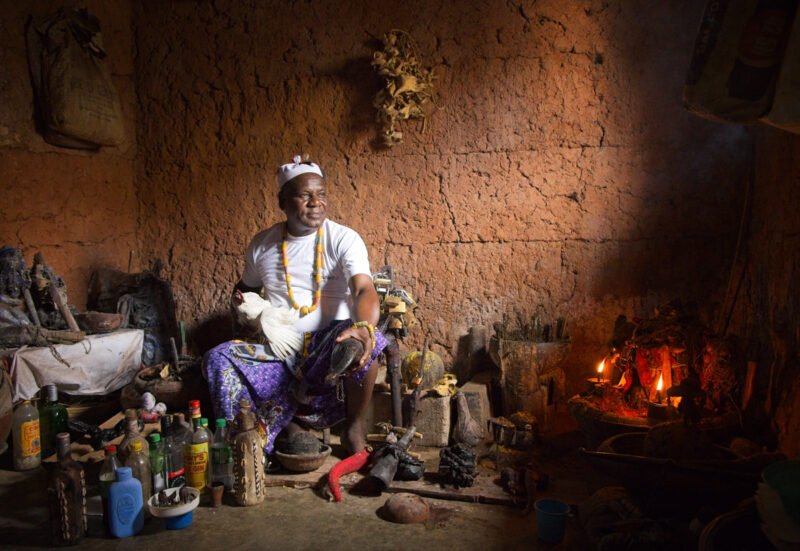
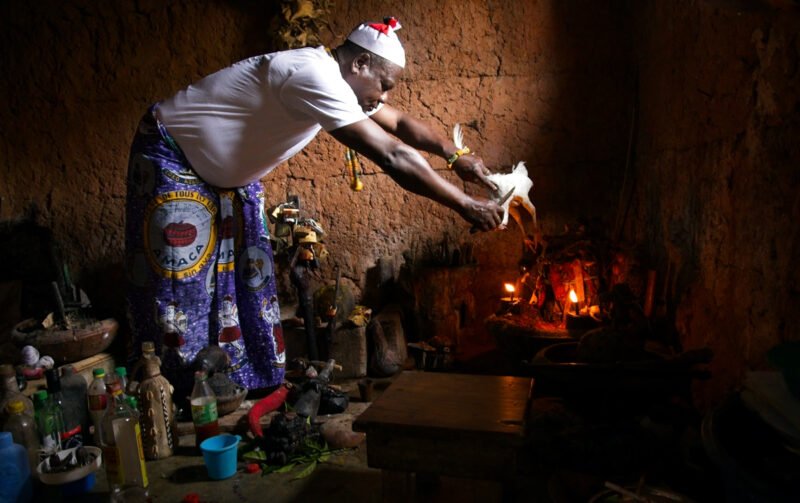
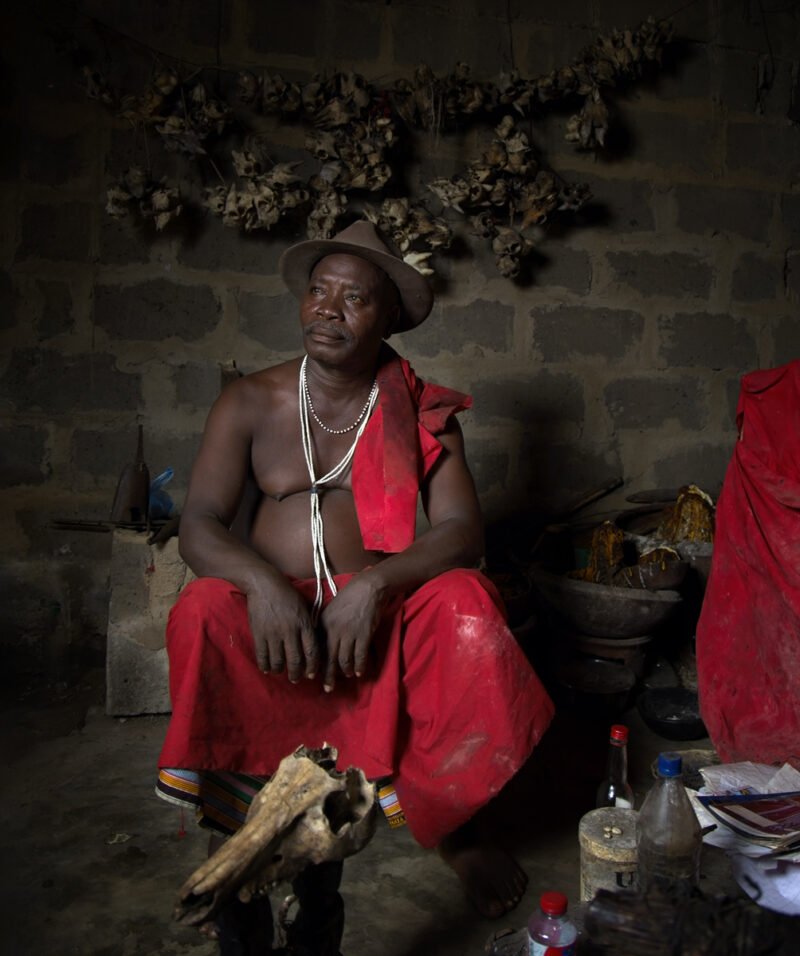
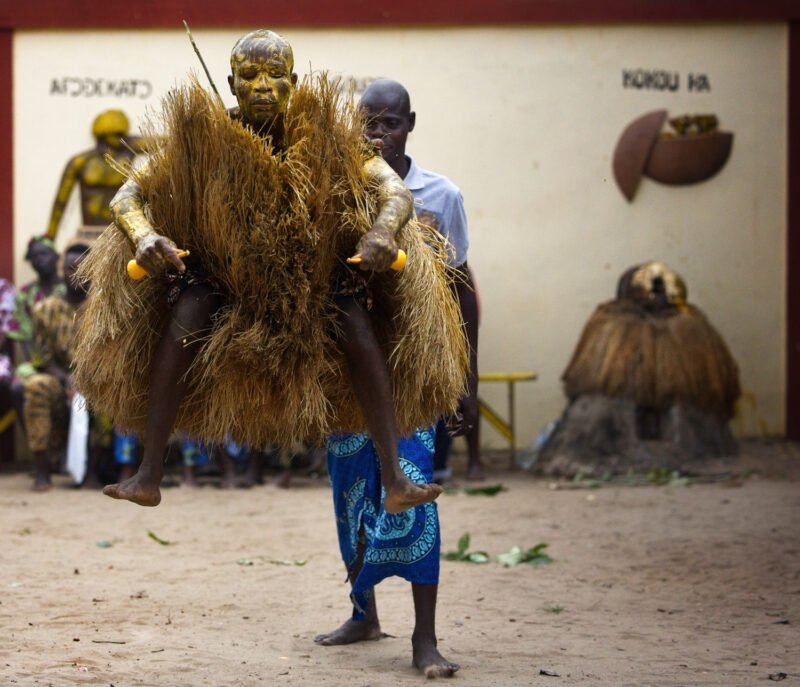
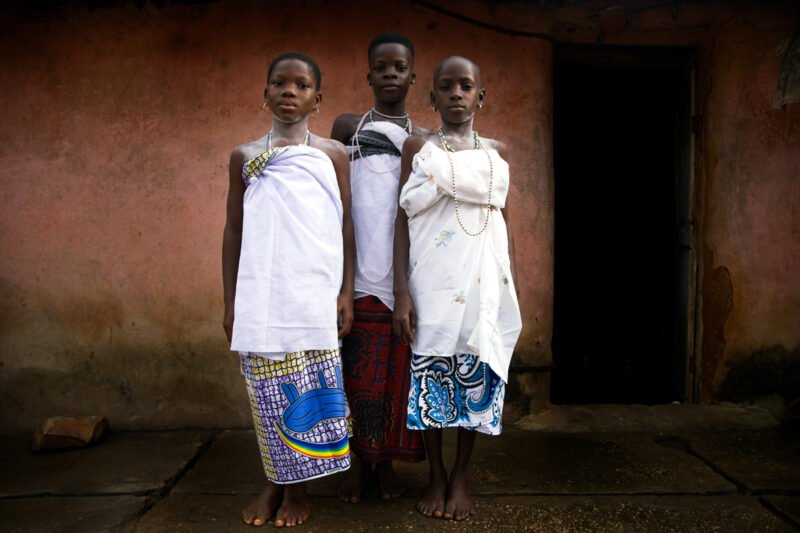
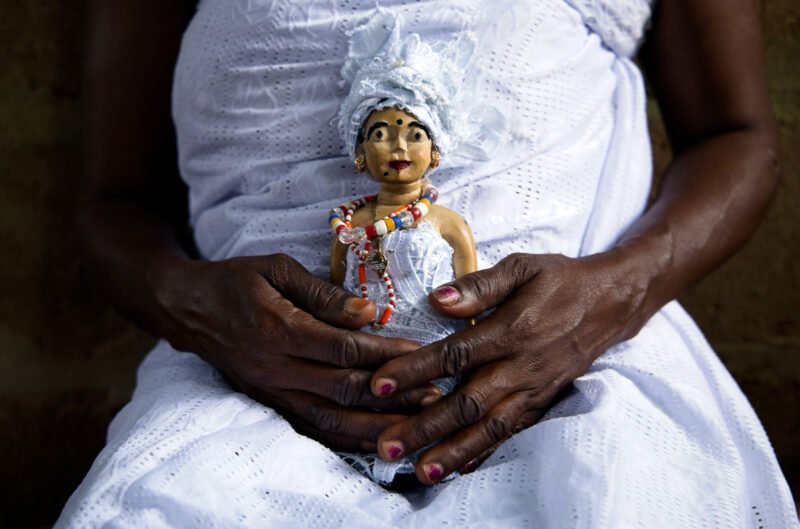
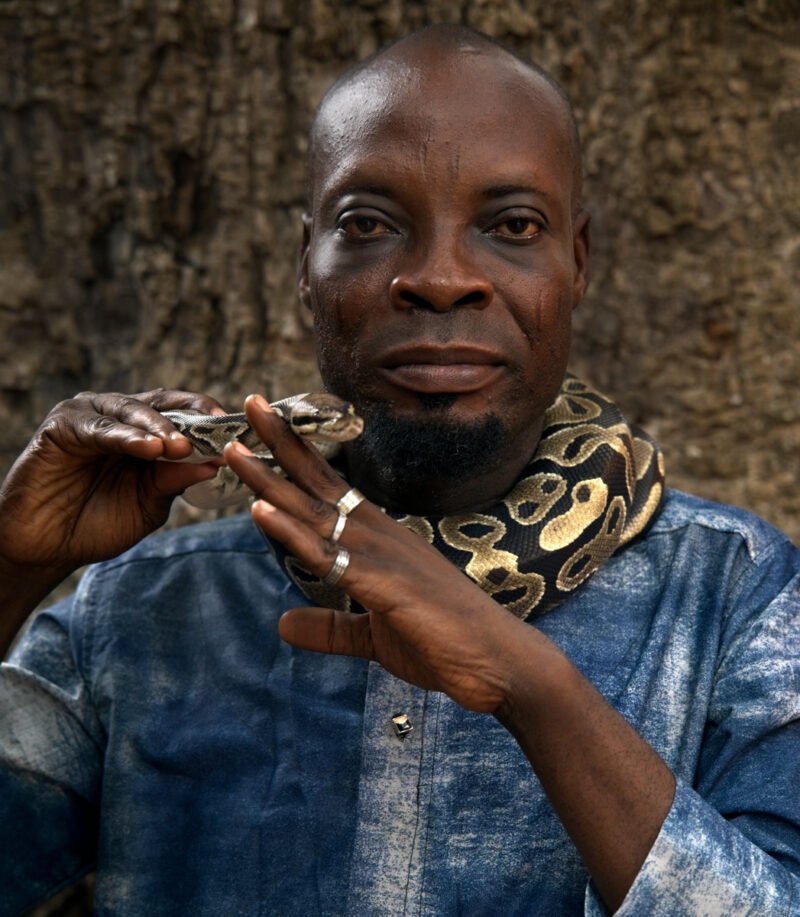
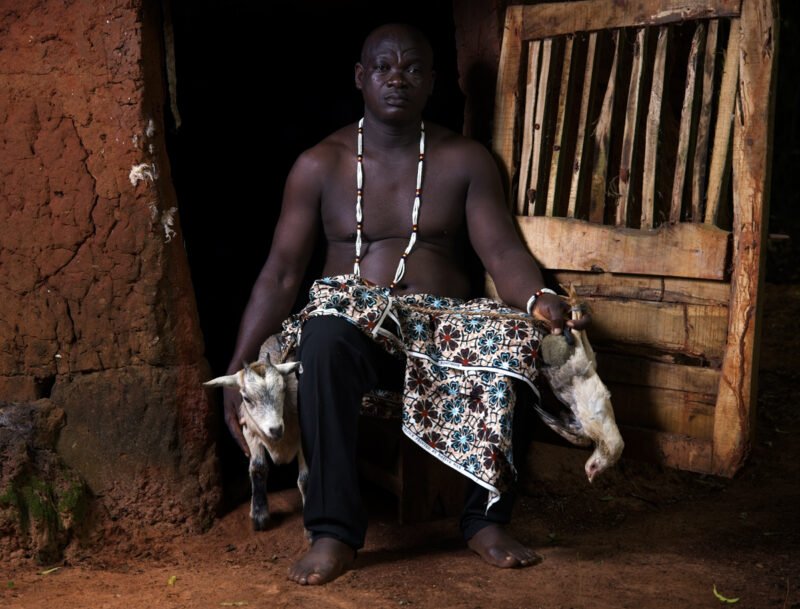
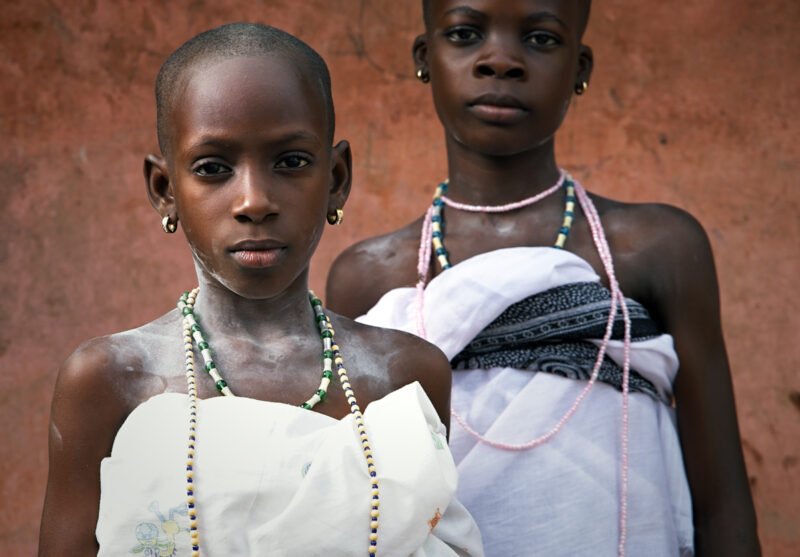

Credits and Citations
Leader of the expedition: Marios Forsos
Expedition Guide: Jacob Koua
Local guide: Ferdinand Bossa Vignon.
[1] Voodoo in Benin: What You Need to Know.
Publications
Dodho | Colors 2024 | Best Photographers of the year 2024
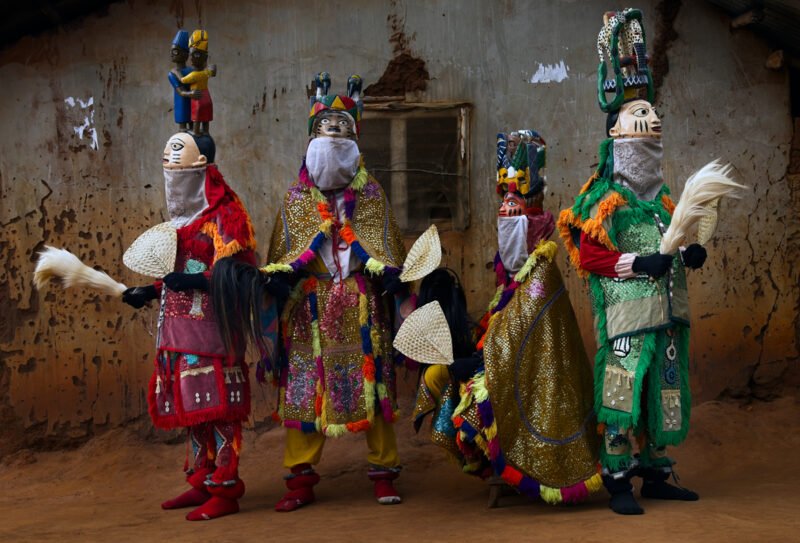
Lens Magazine | Culture FEB’25

Link to Publications and Exhibitions.
Link to About Aga
Link to Documentary Assignments
Link to Travel Portfolio